Patek Philippe online sales have not kicked in the crisis, and 3 other key takeaways from Eric Ku’s lecture for the HSNY
Zach BlassWith the ongoing pandemic, everything and everyone has had to adopt new means and methods of connecting and gathering. Each month the Horological Society of New York – who recently visited Melbourne to give watchmaking classes – would have in-person lectures that take a deep dive into the fascinating world of horology and the watch industry as a whole.
Back in September, the first-ever virtual lecture was held and featured none other than vintage watch collector and dealer Eric Ku. The idea driving the lecture was “Collecting Watches in the Time of COVID-19”, and, over the course of a little more than an hour, Eric dropped some serious wisdom on viewers such as myself. While I encourage you to watch the lecture in full (when made available to the public), here are four key takeaways I had from the brilliant discussion and its Q&A.

Patek Philippe and Rolex are proof the boutique model isn’t going away – at least for the most powerful brands
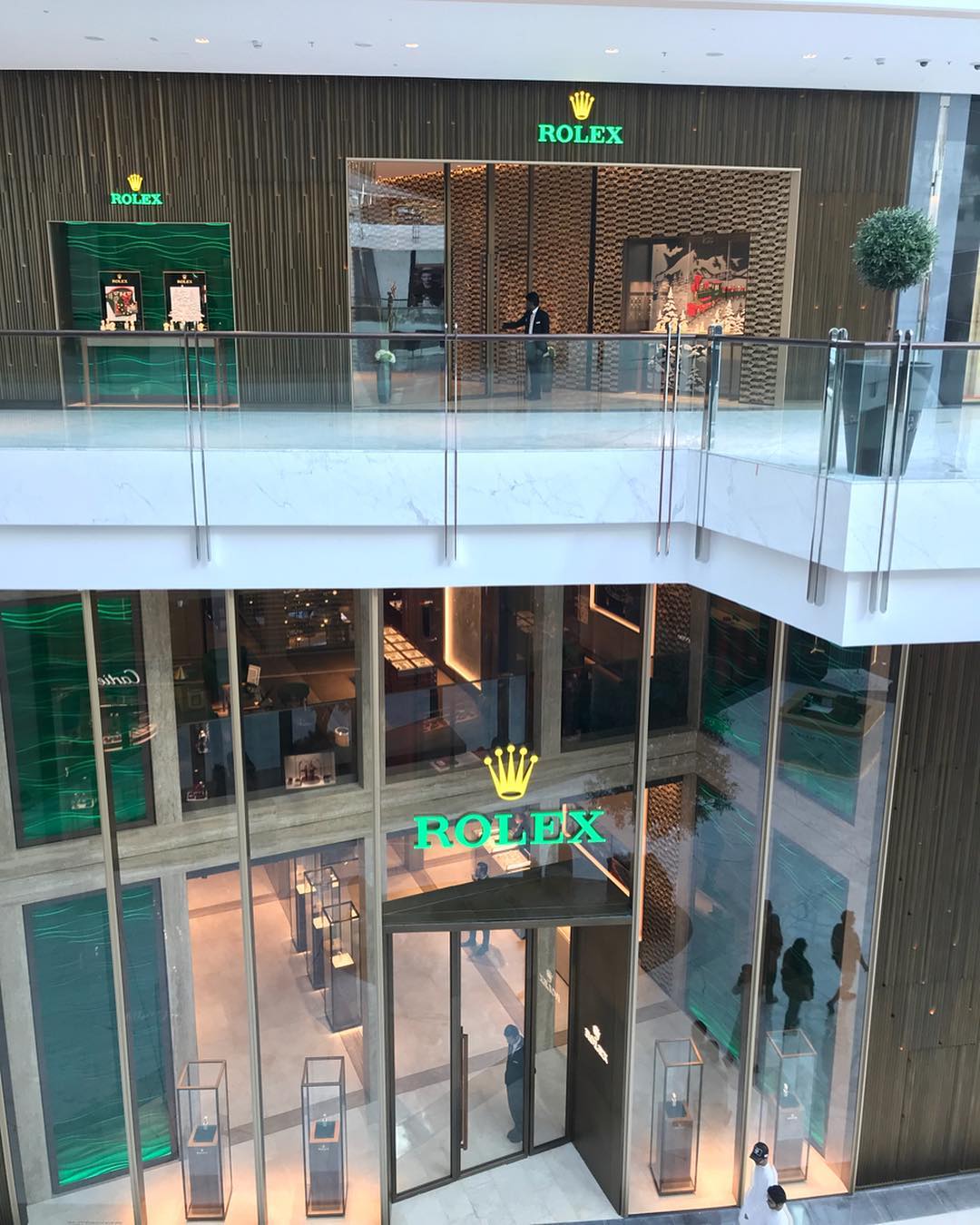
While Eric acknowledges it would take a crystal ball to predict the future with certainty, one thing he did mention that allows me to safely infer the above was when he outlined Patek Philippe’s online sales. Patek, until recently, was one of the few brands that did not allow or facilitate sales online. When COVID-19 hit, a historic exception was made in order to better assist their retail partners during the crisis. What was interesting to note, however, is very few consumers took advantage of the retail inventory offered online – with very few examples being sold over the web, according to Ku.
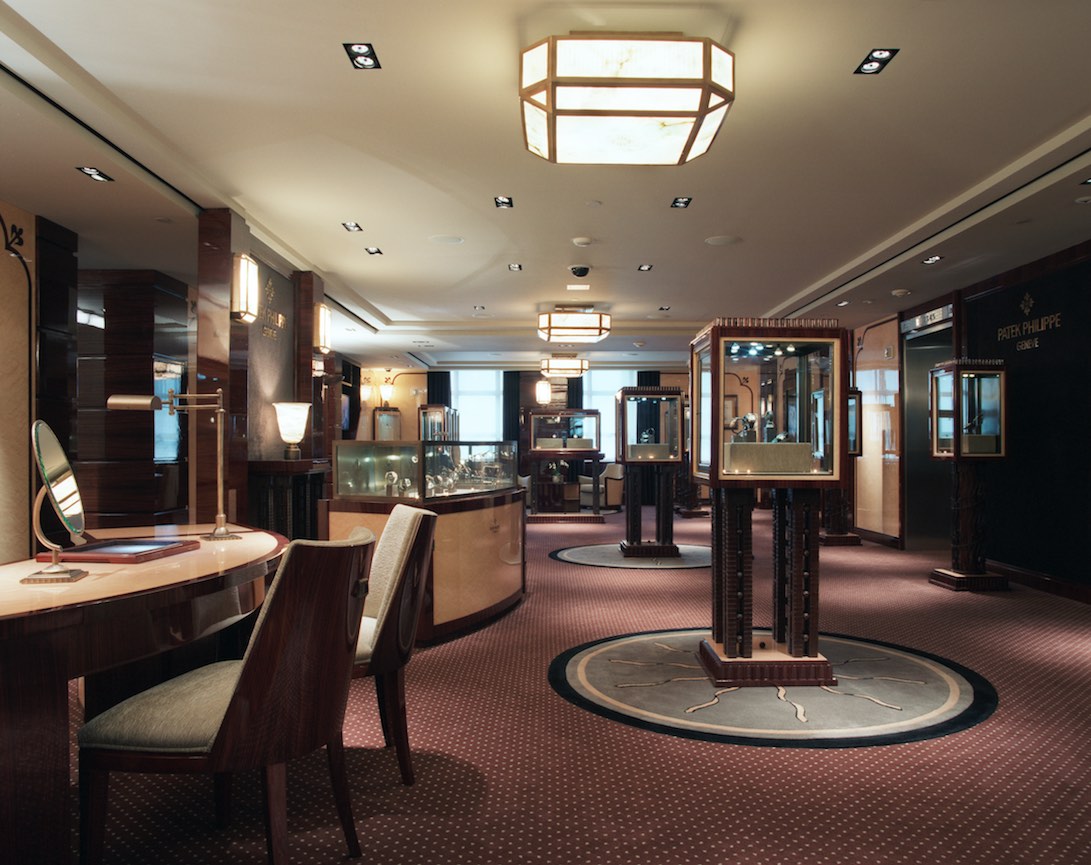
Rolex, both before and during the crisis, has refused to change its policy in regard to how they sell and allocate their watches. While you may enquire over the web/phone, expressing interest in a watch, all avenues eventually lead to an in-store visit with a sales representative. Rolex does not actually sell watches over the phone, or on the web – they must be purchased in store/at a boutique. Unless you are already a known VIP customer, some dealers will not even add you to the enigmatic wait list for watches unless you come into the store to express interest in person and allow them to get to know you better. One thing these brands both have in common: their sales are still strong, with the value retention of their timepieces remaining as high as they have ever been.
Buying behaviour has changed far less than selling behaviour
While retail sales are at the tail end of a V-shaped recovery, with numbers beginning to normalise, one thing has been made clear during the pandemic: people are still pursuing and buying watches online. Our lives may have changed, but the truth is those who still have expendable cash to burn are continuing their practice of buying watches, and finding a way to do so in the adjusted environment. Consumers have become far more comfortable making luxury watch purchases online, especially when it is the main avenue of pre-owned and vintage pieces that are still in demand.
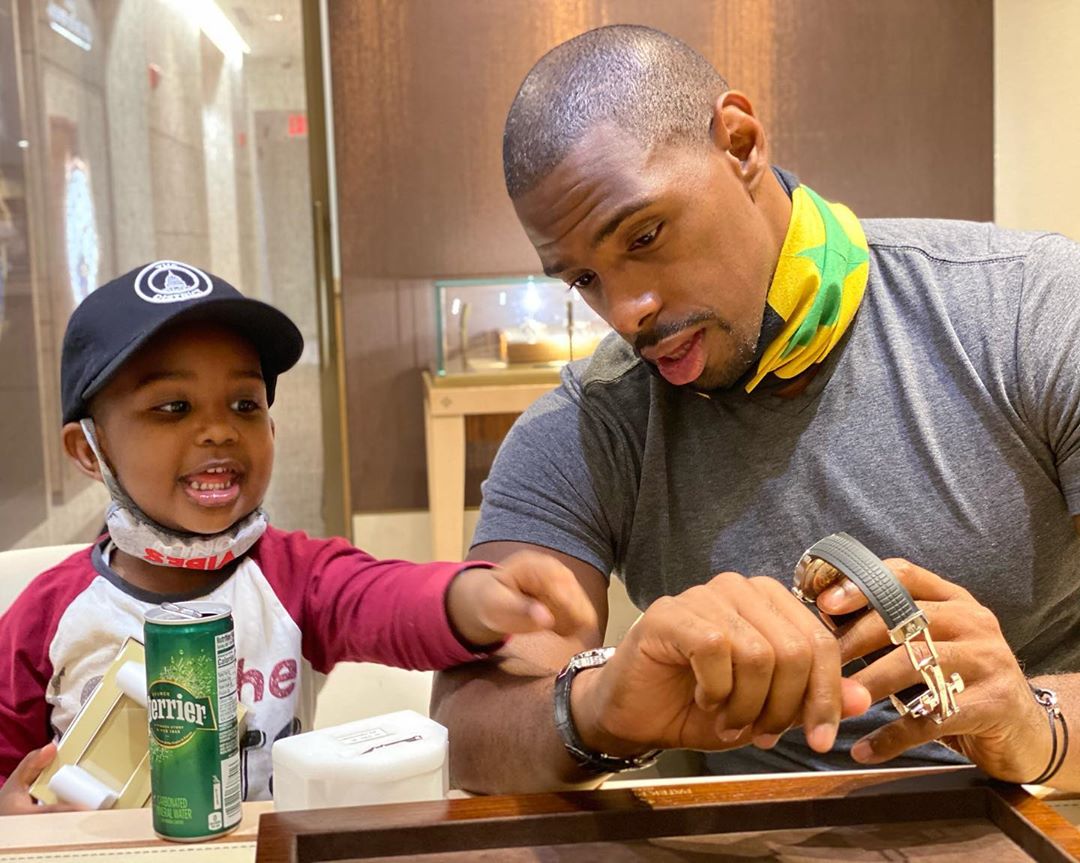
Where things have really changed is on the selling side. Sellers have had to adjust and react to two things: the inability to showcase or sell product in-store (for a period of time) and the decrease of supply/product intake. Demand is still high for 5711s and Daytonas, but the number of watches available from pre-owned vendors has decreased as fewer examples find their way into their inventory. With factories and manufacturers shut down until safety measures were lifted, less product has been made available to consumers at retail – which, in turn, decreased the number of people bringing these watches to grey dealers for their quick payday.
Brands such as Audemars Piguet adapted their engagement with consumers by finding safe ways to actually bring product for private viewing at the convenience of the buyer. The [Re]master01, as an example, was practically sold door to door, with orders secured after privately showing the watches at the homes and private spaces of prospective buyers/VIP customers.
The world needs more watchmakers
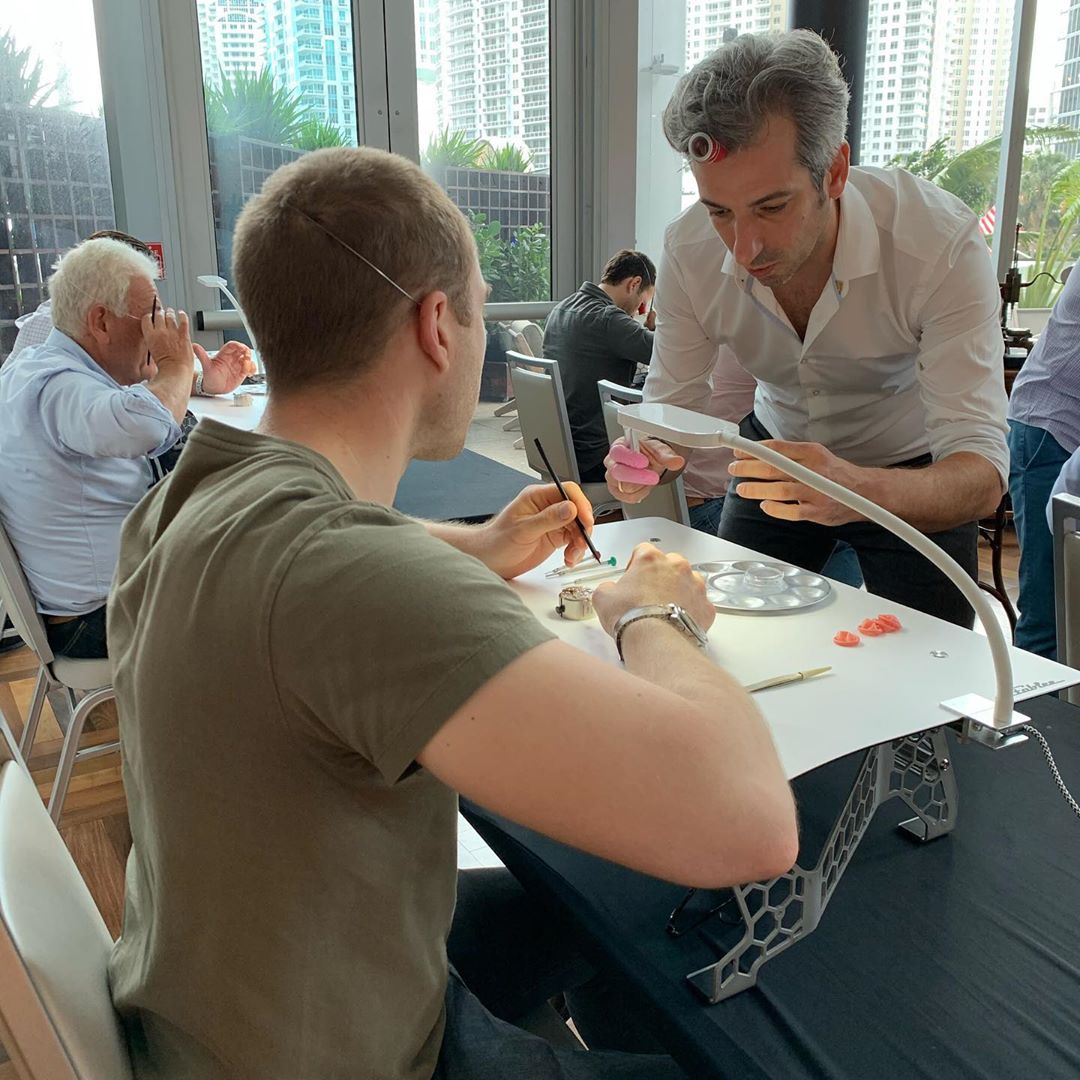
Watchmaking has become a less common trade unfortunately, with not nearly enough up-and-coming watchmakers to replace the existing pool of artisans. While buyers demand “pure”, “factory original” and “period correct” watches, both in stores and at auction houses, they do not always recognise the fact that the quality of these pieces is directly tied to the availability of watchmakers capable of providing a proper service to them. As the number of traditionally trained watchmaking artisans declines, so does the capacity to service the watches in a “correct” manner. This ultimately translates to a lower quality of vintage pieces, as thoughtful restoration of these watches is key to retaining the essence and value of a vintage watch.
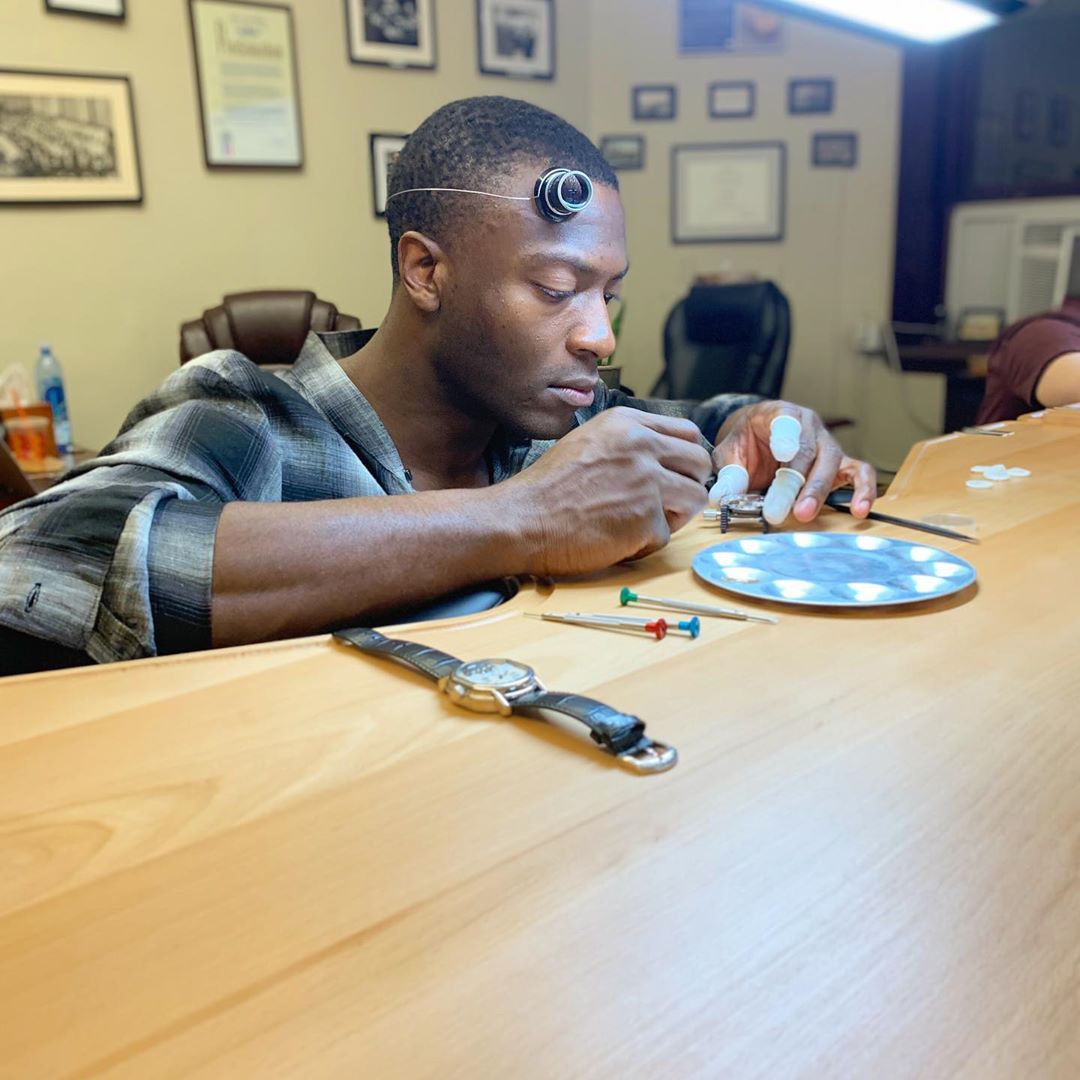
The decline in watchmaking capacity also means longer turnaround times for those capable of servicing these watches. The number of watchmakers may be decreasing, and in turn the capacity to service, but the demand for quality restoration has never been higher – with more and more watches being brought in for service every day. This is why organisations such as the Horological Society of New York are invaluable, as they encourage and assist in preserving the tradition and craft of watchmaking.
When and when not to service a (vintage) watch
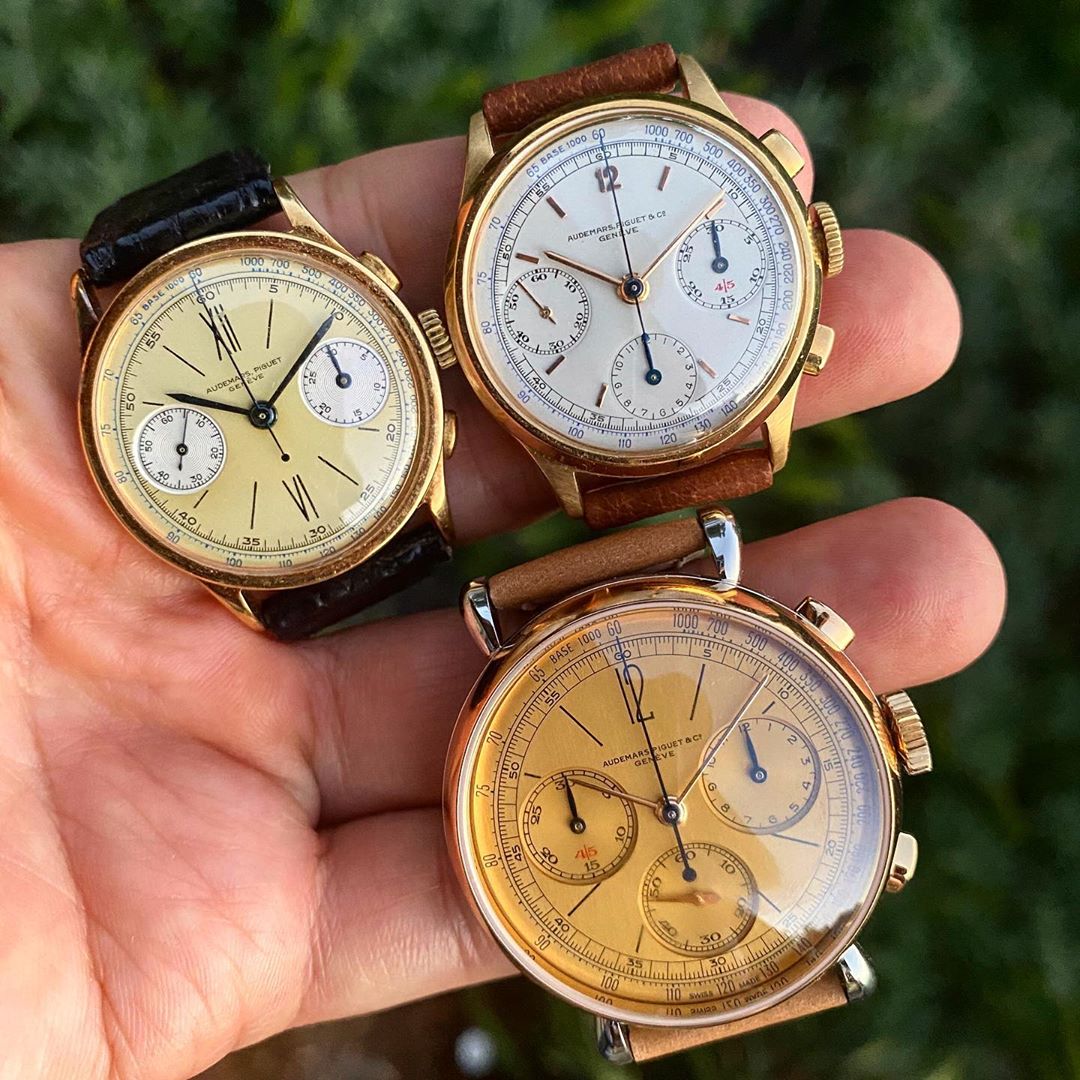
When pressed about servicing vintage watches, Eric stressed the idea of strategic servicing. He notes that keeping a watch in its original state is the best policy, but disagrees with polishing as a taboo. As a dealer of vintage pieces himself, he has held a lot of vintage product in hand. He recognises that most vintage watches serviced by the brand’s factory in the past have been polished – going so far as to claim that many watches listed as “unpolished” are definitely polished. When done properly, it takes a very trained eye or watchmaker to discern the subtle changes and fixes performed on the watch.
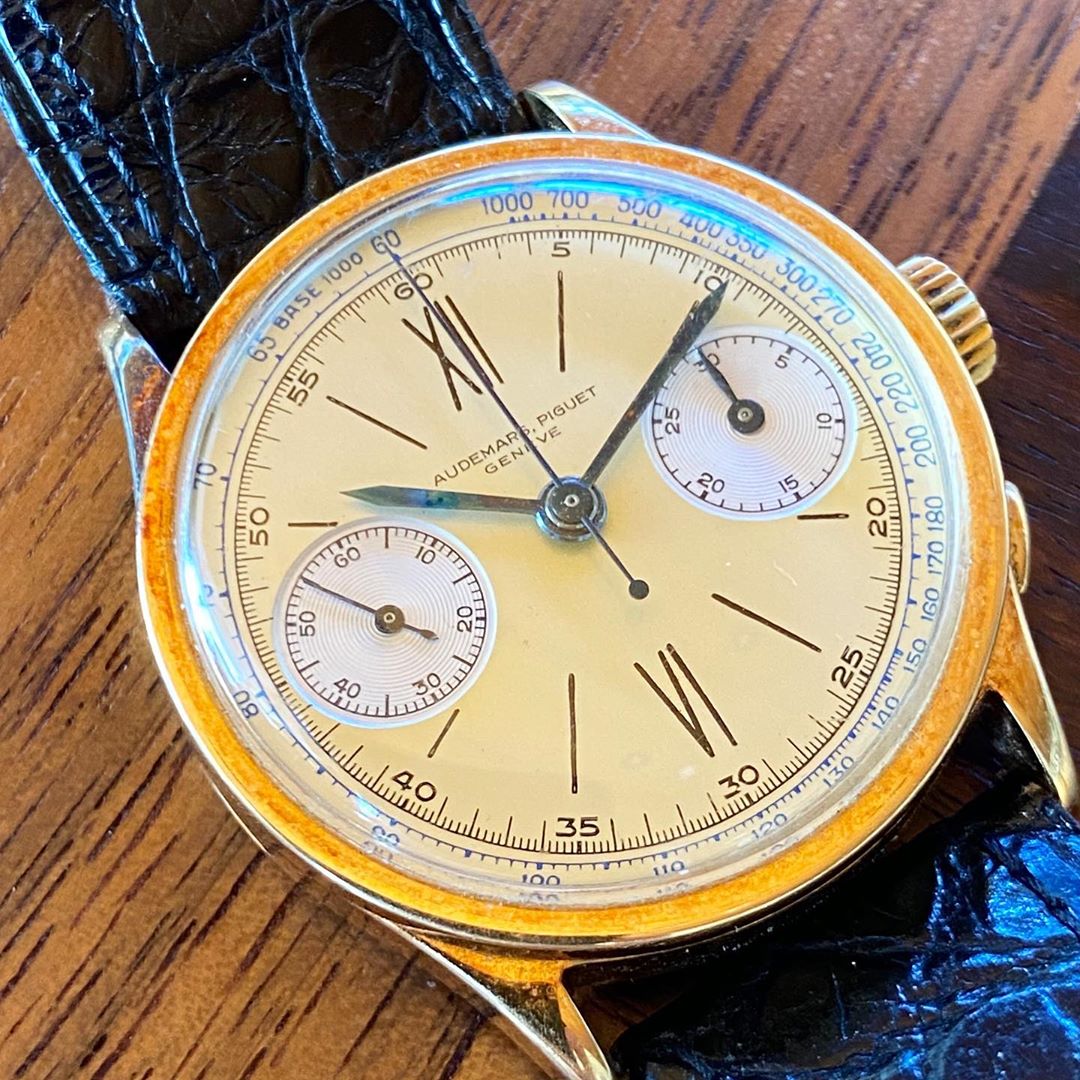
The other reality vintage owners may have to come to terms with: there are instances where untouched watches can be very difficult to service. Eric shared an experience of his own, where he brought a vintage Submariner (worth six figures) to a trusted and qualified servicer. Because the watch was practically untouched since its sale to its original buyer, complications arose during its repair. The pristine dial was inevitably damaged when the restorer attempted to take the hands off because they were so rusted onto the dial. For the watch to work they needed to be cleaned, possibly even replaced, and therefore this step of servicing was unavoidable. The lesson learned here: the longer you wait to service a vintage watch the harder it will be to do. I know from personal experience, having a vintage Patek Philippe movement overhauled, that discontinued movement parts can be very pricey and hard to source, and the parts only get more expensive and scarce as time goes on.
So Eric’s final verdict on service? Service as needed. Don’t schedule service – but address immediate issues as they arise.




